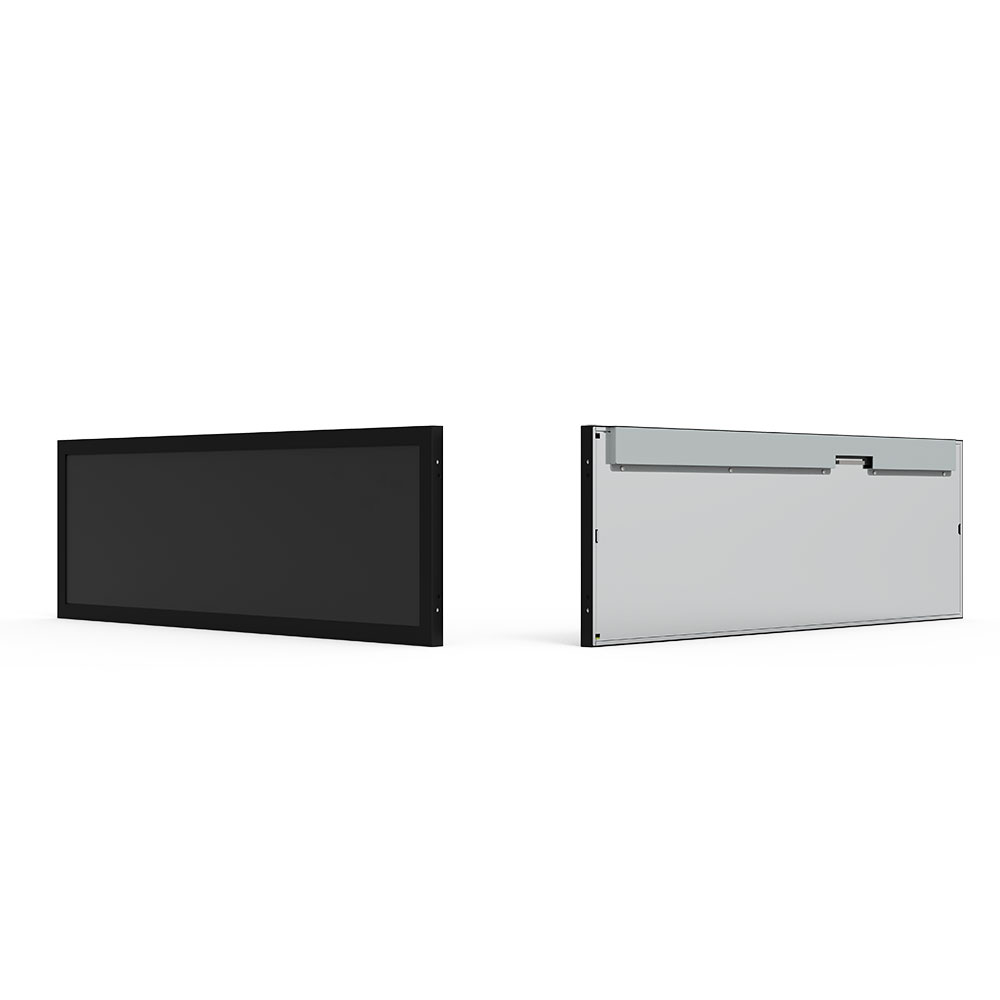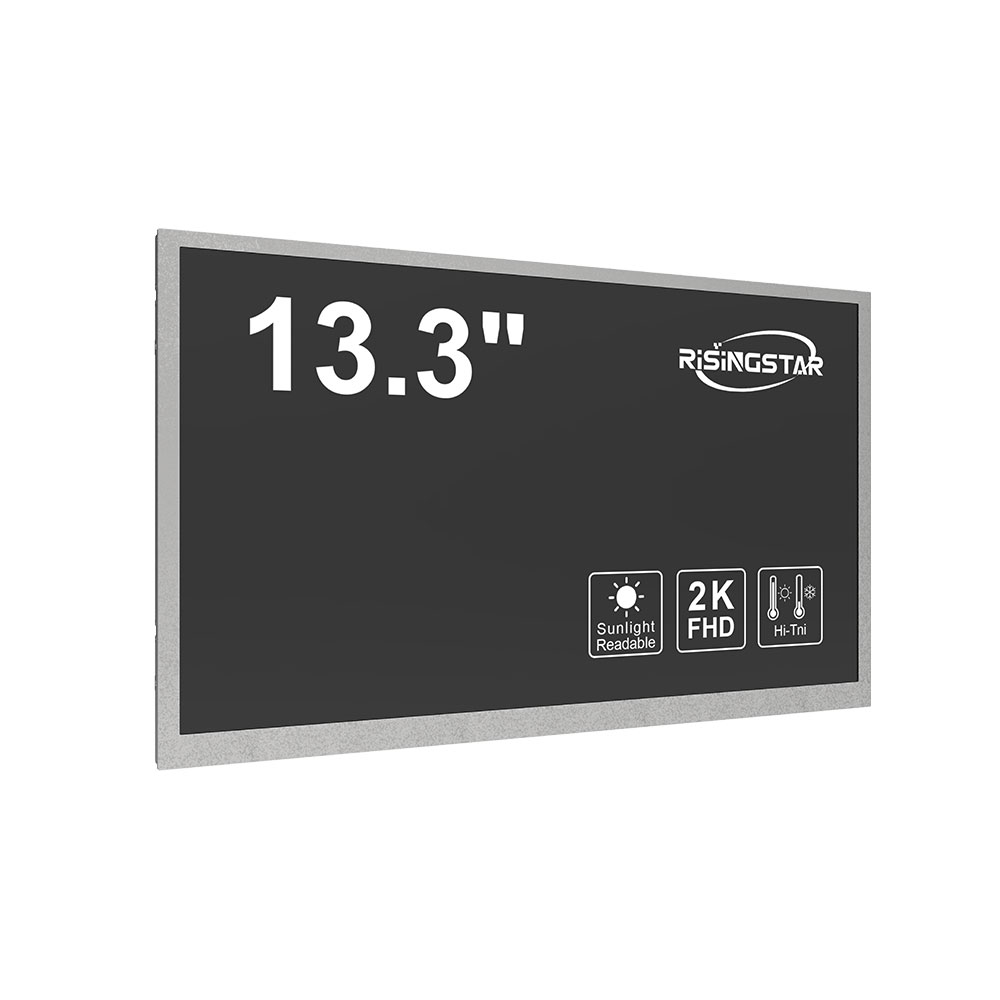- Home
- About Us
- Products
- News
- Video
- Contact
- Send Inquiry
Search
- Home
- About Us
- Products
- News
- Video
- Contact
- Send Inquiry

High-brightness sunlight-readable LCD screens are critical components in modern industrial, military, and outdoor applications where visibility under direct sunlight is non-negotiable. These displays must maintain clarity, contrast, and responsiveness even when exposed to extreme lighting conditions such as 100,000 lux or more—far exceeding the typical indoor ambient light of 500 lux. According to Wikipedia, a standard LCD screen loses readability above 5,000 lux, making sunlight-readable variants essential for aviation, automotive, defense, and agricultural machinery interfaces.
The core technology behind high-brightness LCDs lies in their ability to produce luminance levels between 3,000 and 10,000 cd/m² (candelas per square meter), often surpassing 5,000 cd/m² to ensure visibility in full sunlight. This is achieved through specialized backlighting systems such as LED arrays with high-efficiency drivers, optical enhancement films (OEFs), and anti-reflective coatings on the display surface. For example, companies like ELO Touch Solutions and LG Display have developed proprietary technologies like “Sunlight Readable” and “Outdoor-Ready” LCDs using edge-lit LED backlights combined with polarized filters that reduce glare without compromising image quality.

Case studies from the U.S. Department of Defense highlight the use of high-brightness LCDs in battlefield command centers and unmanned ground vehicles (UGVs). In one instance, a 12.1-inch sunlight-readable display operating at 7,000 cd/m² enabled real-time data visualization for soldiers in desert environments where traditional LCDs became unusable after just 15 minutes of exposure to direct sun. Similarly, in the aerospace industry, Boeing and Airbus rely on these displays for cockpit instruments, ensuring pilots can read critical flight parameters during daytime operations—even at high altitudes where solar irradiance increases significantly.

Another critical factor is the integration of wide viewing angles (typically 178°) and fast response times (less than 16ms) to support dynamic content in mobile platforms like construction equipment, mining trucks, and marine navigation systems. The ISO 16750-3 standard for automotive electronics and MIL-STD-810G for military-grade durability further dictate environmental resilience, including temperature ranges (-30°C to +70°C), shock resistance, and dust/water ingress protection (IP65/IP67).
Manufacturers now combine adaptive brightness control algorithms with ambient light sensors to optimize power consumption while maintaining readability. For example, a recent study by IEEE Transactions on Consumer Electronics demonstrated that smart dimming techniques could reduce energy usage by up to 40% without affecting user experience in sunlight conditions. Additionally, innovations in OLED-based sunlight-readable displays are emerging, offering superior contrast ratios and deeper blacks, though they currently face challenges in achieving the same level of brightness as LED-backlit LCDs.
In summary, high-brightness sunlight-readable LCD screens are not merely an upgrade—they are a necessity in today’s increasingly mobile and outdoor-centric industries. As global demand grows for ruggedized displays in electric vehicles, renewable energy monitoring, and autonomous drones, manufacturers must prioritize both technical excellence and operational reliability to meet evolving standards and user expectations.